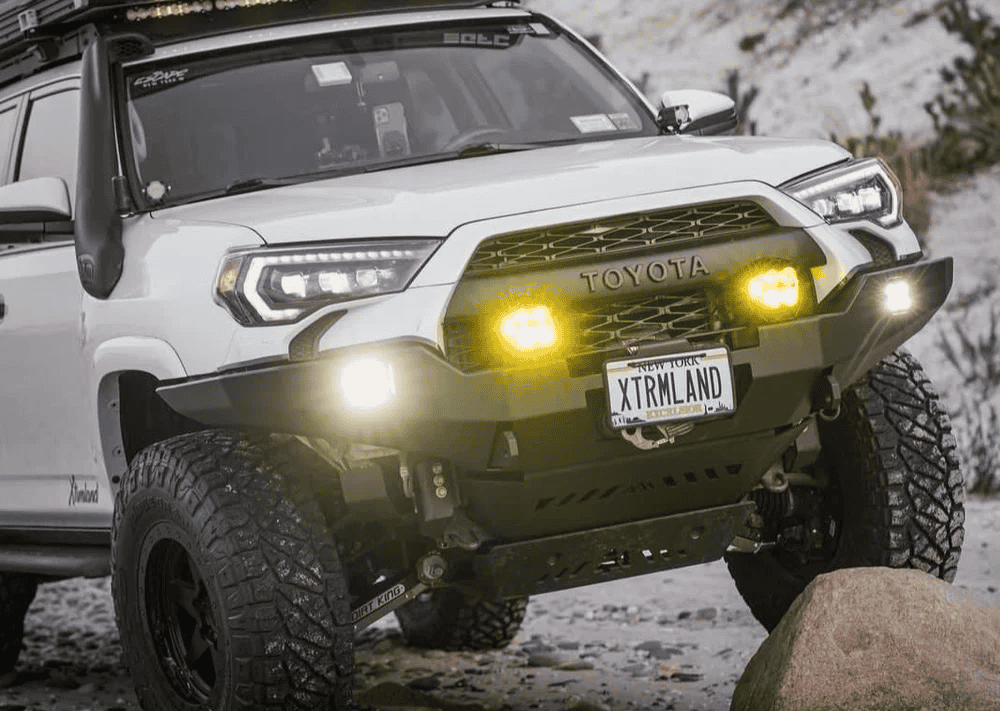Overland Vehicles

Shore power brings grid electricity into a mobile platform so you can run outlets, charge batteries, and power high draw appliances without a generator. In North America, most van and RV connections supply 120 volt AC at either 15 to 20 amp residential service or dedicated 30 amp RV service, while larger coaches may use 50 amp split phase. The choice depends on your loads and campground availability. Shore power is most useful when you need continuous air conditioning, induction cooking, or rapid battery charging, and when noise restrictions make generators impractical. A thoughtful plan protects your rig, avoids nuisance trips, and delivers the convenience of a small home in a compact space.
A complete system includes a weatherproof inlet, strain relief, properly rated cord set, an AC breaker panel, ground fault protection, a surge or energy management device, and a correct bond and ground strategy. Many builds also integrate a transfer switch, inverter charger, and battery monitor so shore, generator, and inverter power can be selected automatically and batteries charge efficiently.
Select an inlet that matches your service and environment. Common choices include a 30 amp RV twist lock style or a 15 to 20 amp locking or straight blade marine grade inlet for compact vans. Look for UV stable construction, gasketed covers, and stainless hardware. Use a cord set that matches the inlet rating and length needed for typical hookups. Keep cords off wet ground when possible, inspect blades for discoloration, and clean contacts to reduce heat. Add a simple polarity tester at the far end before energizing any new pedestal.
Downstream of the inlet, install a main breaker sized to the service, then distribute power to branch circuits via a panel with clearly labeled breakers. Kitchens and bath areas require GFCI protection; many builders place a GFCI device early in the circuit to protect downstream receptacles. A non sacrificial surge protector or full energy management system can monitor voltage, frequency, and open neutral conditions, and refuse unsafe power. If you mix sources, a listed transfer switch prevents backfeeding between inverter, generator, and shore.
Use tinned, marine grade three conductor cable or appropriately rated building cable where permitted by code, sized for the breaker rating and run length. As a general guide, 12 AWG suits 20 amp circuits and 10 AWG suits 30 amp, but calculate voltage drop for long runs and high loads. Support conductors every few inches, protect pass throughs with bushings, and create a drip loop at the inlet. In mobile systems the neutral remains isolated from the chassis; the equipment grounding conductor bonds to the chassis at a single, solid point. Reference NEC Article 551 for RV specifics and ABYC E 11 for marine style guidance that translates well to mobile environments.
Start with a load audit. List appliances, running watts, and surge draws, then pick a service size that meets your use case with headroom. Choose inlet location near the panel to minimize cable length and keep it away from road spray. Cut the opening using the manufacturer template, bed the flange with butyl tape, and seal the perimeter with compatible sealant. Route cable through a strain relief to the panel, land the conductors on the main breaker and bus bars, and torque to spec.
If your system includes an inverter charger, land shore input on the charger AC in terminals, then feed the panel from charger AC out as instructed by the manufacturer. Add a listed transfer switch when integrating a generator. Install GFCI protection for receptacle circuits in wet or damp zones, and use tamper resistant receptacles for family friendly safety. Label every breaker and receptacle, record wire sizes and run paths, and create an updated schematic for future service.
Before energizing, verify continuity of the equipment ground, confirm isolation of neutral from chassis, and check polarity from pedestal to inlet using a tester and a multimeter. Power up with branch breakers off, validate voltage at the panel, then bring circuits online one at a time while watching for abnormal heat or nuisance trips. Test GFCI functionality, confirm inverter transfer behavior, and perform a full load test that includes your heaviest appliances. Maintenance is simple but important: inspect inlet gaskets, re torque lugs annually, and clean cord blades to keep resistance low.
When you prefer professional integration, a purpose built overland electrical package can combine shore, solar, alternator charging, and inverter power in one tidy layout. For examples of complete systems that prioritize reliability in remote places, explore custom overland rigs and see what a well planned electrical backbone looks like on the road.
If your build needs a quiet, dependable plug in experience, a tailored AC system removes the guesswork. Our team designs around your actual appliances, installs transfer equipment correctly, and documents every circuit so service is straightforward. Learn how we approach these details on our custom overland upfit page, and review our process on why choose OZK. When you are ready for a shore power connection install that works the first time, we are here to help.
Power is the heartbeat of your build. If you want a clean, silent, and code‑conscious shore system that just works, our team designs and installs complete AC and DC packages, integrates inverter chargers, and validates every circuit before delivery. Tell us how you travel and we will build the shore power system that keeps you comfortable and worry free.
ADDRESS:
6159 E Huntsville Rd, Fayetteville, AR 72701
PHONE:
(479) 326-9200
EMAIL:
info@ozkvans.com